Lawn Care 101 — Everything You Need to Do For Your Grass in 2024
Tick off these lawn care tasks throughout the year for your healthiest grass ever, explained by the experts and guranteed to give you a beautiful backyard

Perfectly manicured lawns may be giving way to a wilder style, but there are still many who have a lawn and want it to look good. If that's you, this ultimate guide to lawn care is what you need to keep your grass healthy and green this year.
From aerating and feeding to watering and weeding, our garden experts highlight the tasks that will ensure your lawn stays lush. As well as when to carry out particular tasks, you'll discover when to leave your lawn alone.
'Lawn care is an evolving practice, but the basics remain constant,' says Tony O'Neill, founder, Simplify Gardening. So what do you need to know?
1. Do a soil test
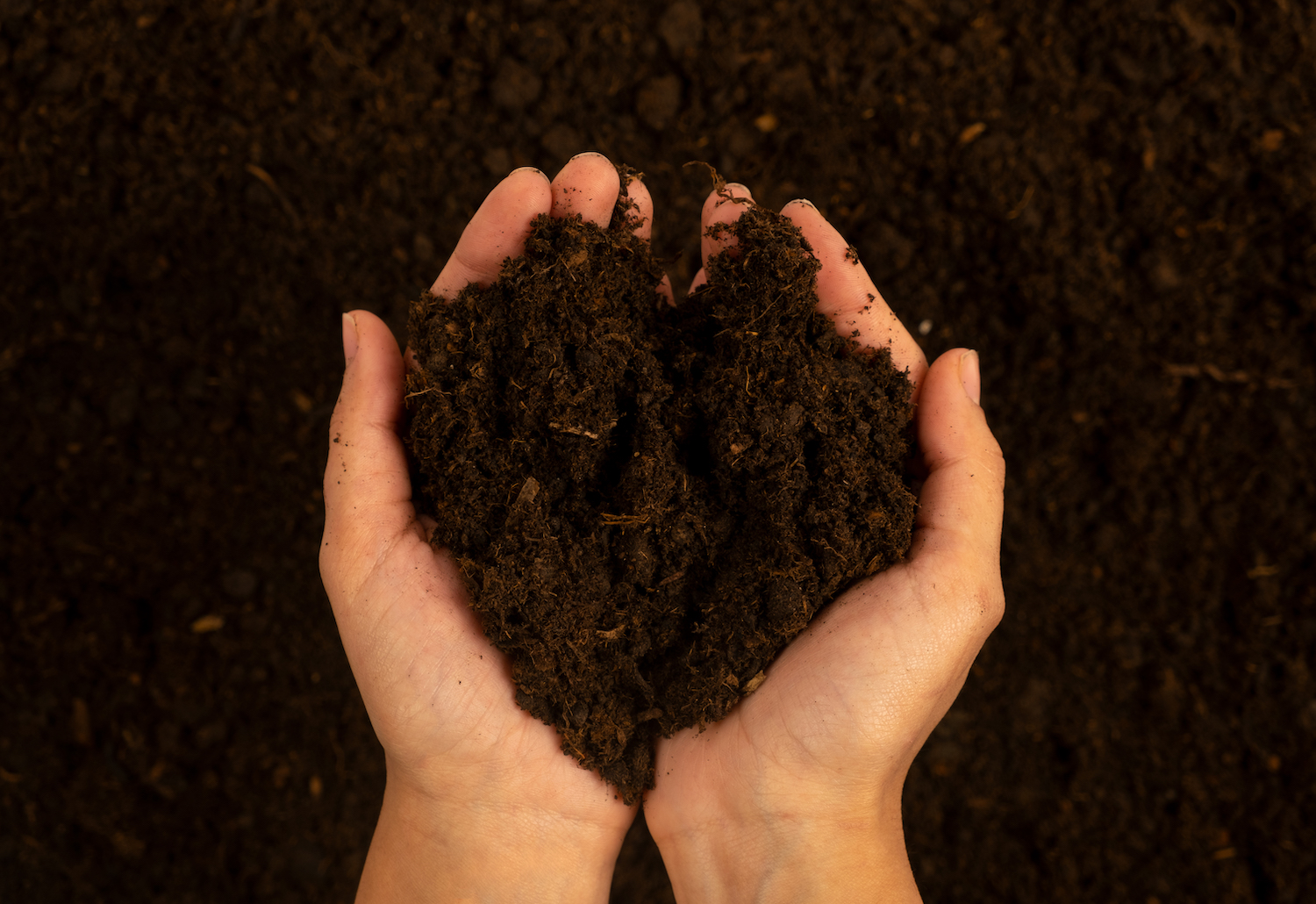
The biggest determinant of a healthy lawn is healthy soil. Grass can't grow well if it doesn't have a good foundation rich in nutrients and life.
'Starting with a soil test determines your lawn's specific needs,' explains Tony O'Neill. 'Healthy soil supports beneficial microorganisms which are necessary for your grass to take up nutrients from the soil.'
A soil test will show which nutrients, if any, your soil is lacking. This will guide you to the right fertilizer to buy and apply–if necessary. This test kit is only $11.99 from Walmart and tells you everything you need to know.
2. Fertilize if required
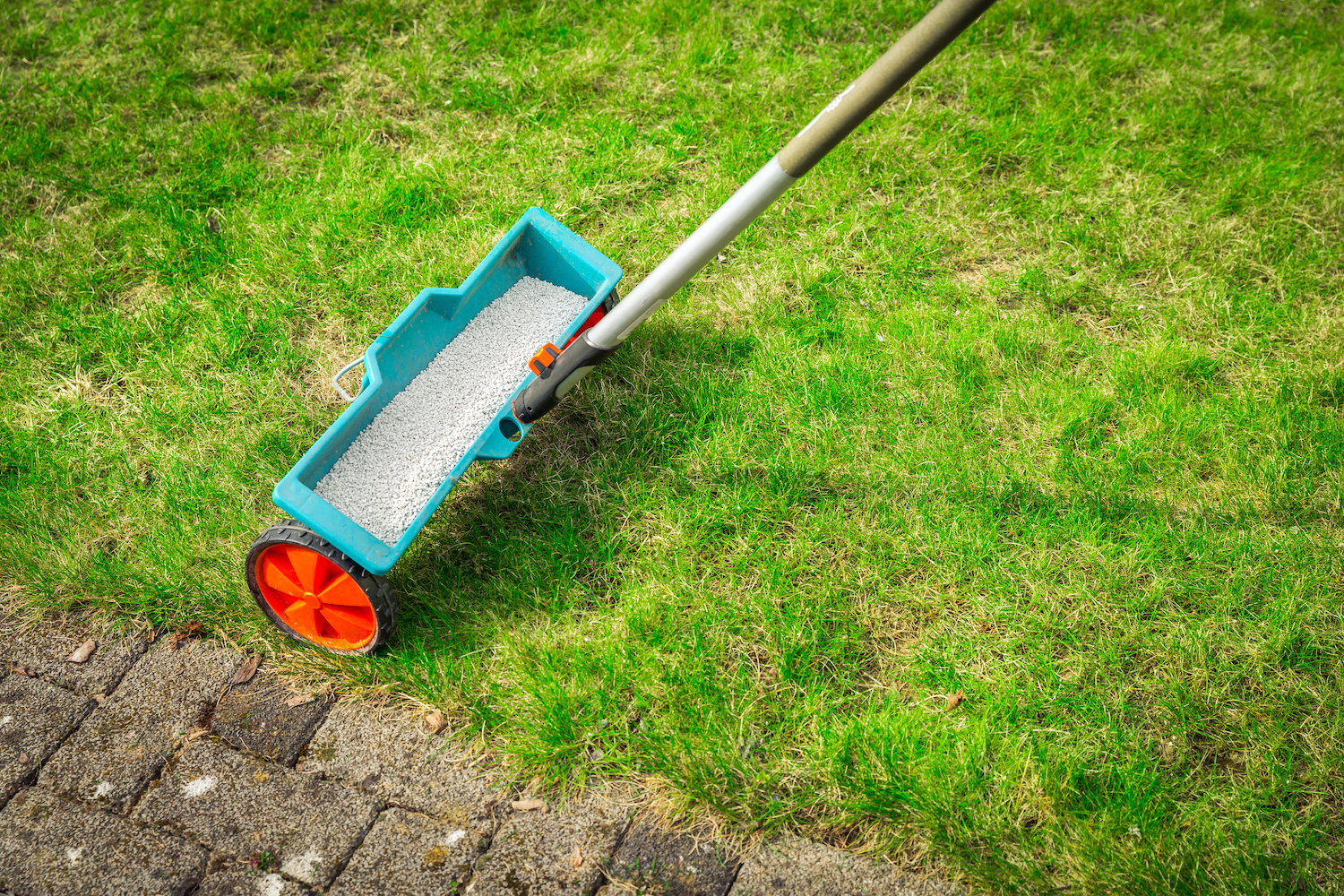
Fertilizing a lawn is not a case of more equals better. Over-fertilizing a lawn can damage it, which is why a soil test to determine nutrient levels is important.
'In terms of fertilization, timing and the right type of fertilizer for your lawn type are crucial,' says Tony. 'Organic fertilization brings beneficial microorganisms to the soil, which help the grass absorb nutrients better and helps strengthen your lawn.'
'If you fertilize your lawn only once a year, do so in September,' says Charlie Nardozzi, author of Month-by-Month Gardening, New England. 'If you plan on fertilizing in the spring as well, apply a fertilizer with a 3-1-2 ratio of nitrogen, phosphorus, and potassium. This fertilizer on Amazon for $35.99 is ideal.
'In some areas, applying phosphorous fertilizer is banned due to runoff causing pollution in waterways. Look for no-phosphorous lawn fertilizers at your local garden center.'
'Most fescues and cool-weather grasses do better with a fall fertilization and a small boost in spring,' says Kate Copsey, author of Month-by-Month Gardening New York & New Jersey.
'Warm-season Bermuda grasses, which are brown in winter, benefit from spring fertilizer after the brown grass turns an even green.'
3. Regular mowing
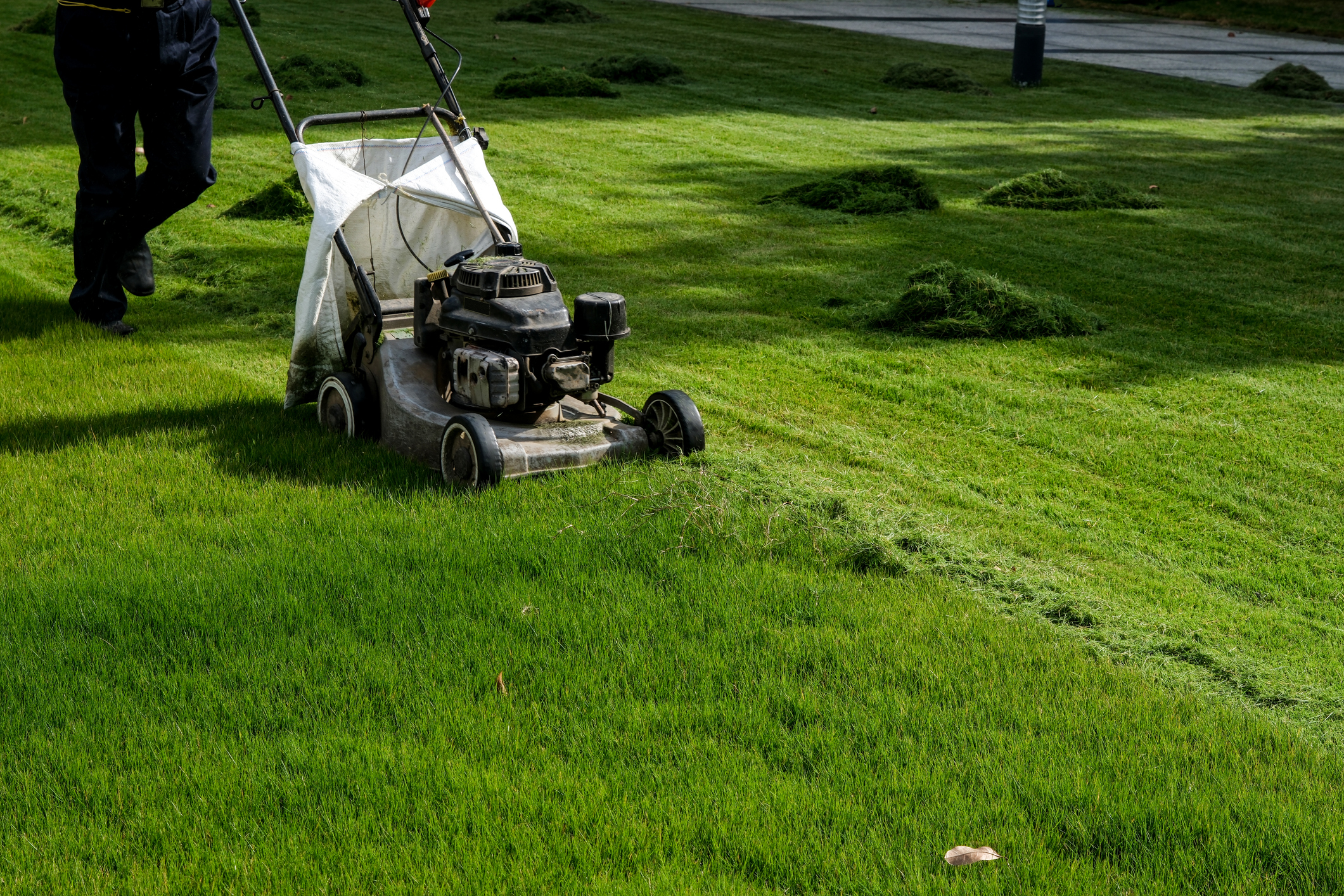
Mowing may feel like a chore but it's an important part in keeping a lawn healthy. Although, cutting grass too short, too often will weaken it and allow weeds to grow. So only mow the grass when it is actively growing and "mow high", leaving grass blades around three inches tall.
'Regular mowing is critical,' says Tony. 'But only trim when needed, remember to keep the mower blades sharp and never cut more than one-third of the grass blade height. This prevents stress on the grass and keeps it healthier.
'Grass that's around three inches high shades the soil and helps prevent weed growth too.'
'In the spring wait until the grass soil is dried out to run the mower,' says Charlie Nardozzi. 'Leave the clippings to add fertilizer to the lawn.'
4. Aerate your lawn annually
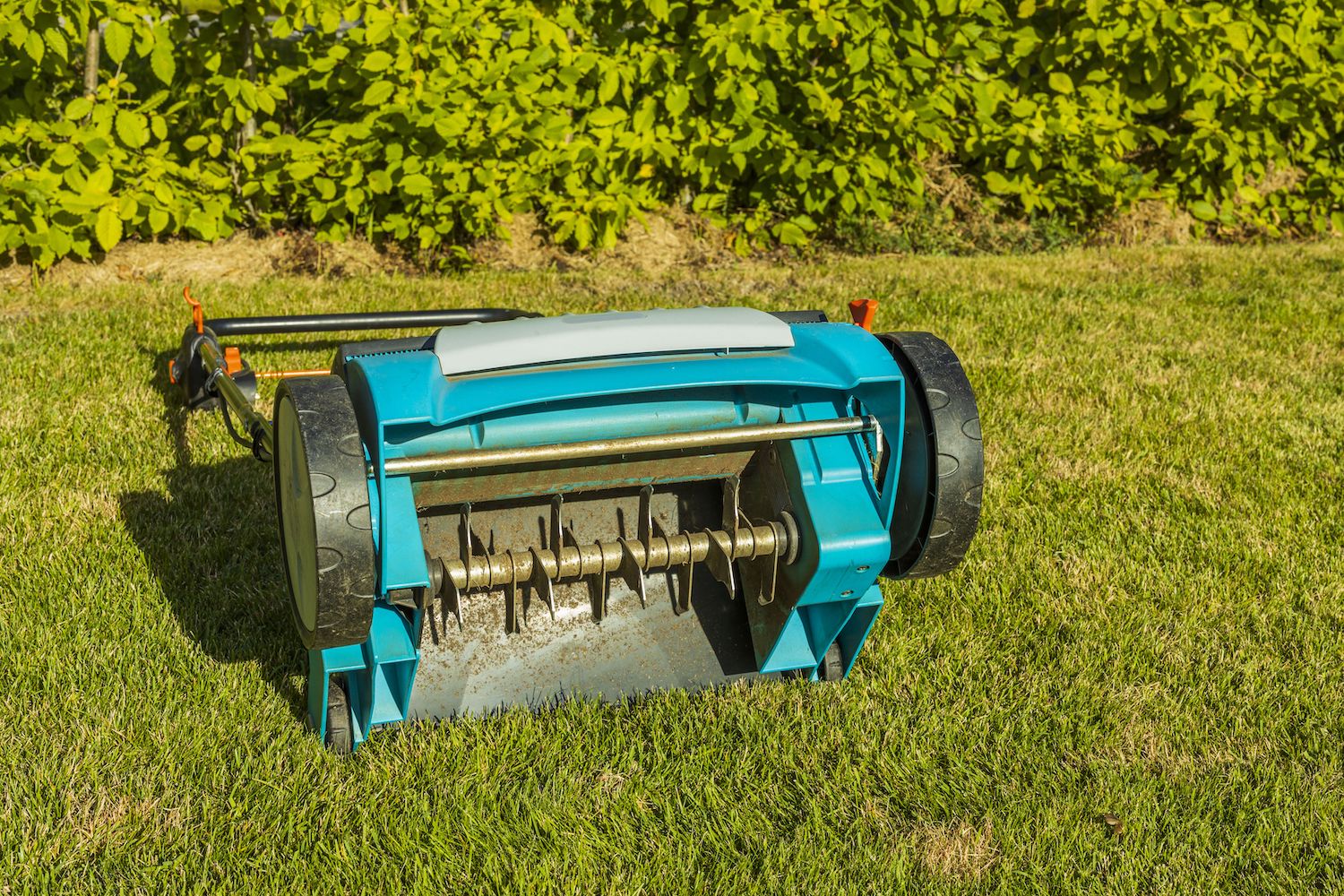
Aerating your lawn is a maintenance task that will encourage healthy grass growth. It can be done with a core aeration machine, which removes plugs of soil. Aerate either in the spring or fall.
'Consider aerating your lawn annually to improve nutrient and water absorption,' says Tony. 'Aeration helps to get rid of compaction, so that water, air and nutrients that improve soil health can circulate and strengthen the grass roots.'
5. Reseed bare patches
Reseeding a lawn is best done in the fall, however, small patches of bare grass can be reseeded in the spring.
'Keep newly seeded or patched lawns evenly watered so the top few inches of soil stays moist,' says Charlie Nardozzi. 'This is critical for even and complete lawn grass germination.'
'In New York and New Jersey, lawns can still be patched in mild winter areas, but new grass needs a few weeks to establish and seed should not be sown in areas where the frost date is early- or mid-October,' says Kate Copsey. This lawn seed from Target is what you're after.
6. Water when needed

Whether–or when to–water your grass will largely depend on the amount of rainfall in your region.
'Watering should be infrequent but deep, encouraging the roots to grow deeper,' says Tony. 'Ideally, one to two inches of water or rain weekly.'
Obviously if you're prone to droughts or watering bans in your area, it won't be possible, or ethical, to water your lawn during the summer.
'Decide in May if you want to keep the lawn green or let it go dormant when summer heat and droughts arrive,' says Kate Copsey. 'Cool-weather lawns can be kept green with frequent irrigation, but without that they’ll return to green when summer temperatures moderate.
'A rain gauge [like this $24 one from Amazon] that measures what moisture the lawn receives at any particular time is helpful in deciding whether it needs watering or not. You can also just observe the grass; if the grass springs back when you walk on it, then it is fine. If it stays flat for a minute, it needs water.'
Charlie Nardozzi suggests applying enough water to lawns to prevent them from going brown and dormant, if possible.
'However, if water restrictions are in place due to a drought, you may have to let the lawn go brown,' he says. 'It will bounce back and green up with cooler, wetter weather.
'Avoid watering it heavily once it’s gone dormant, unless you can keep it well watered the rest of the summer. It’s harmful to the lawn to come in and out of dormancy in summer.'
7. Rake and remove thatch
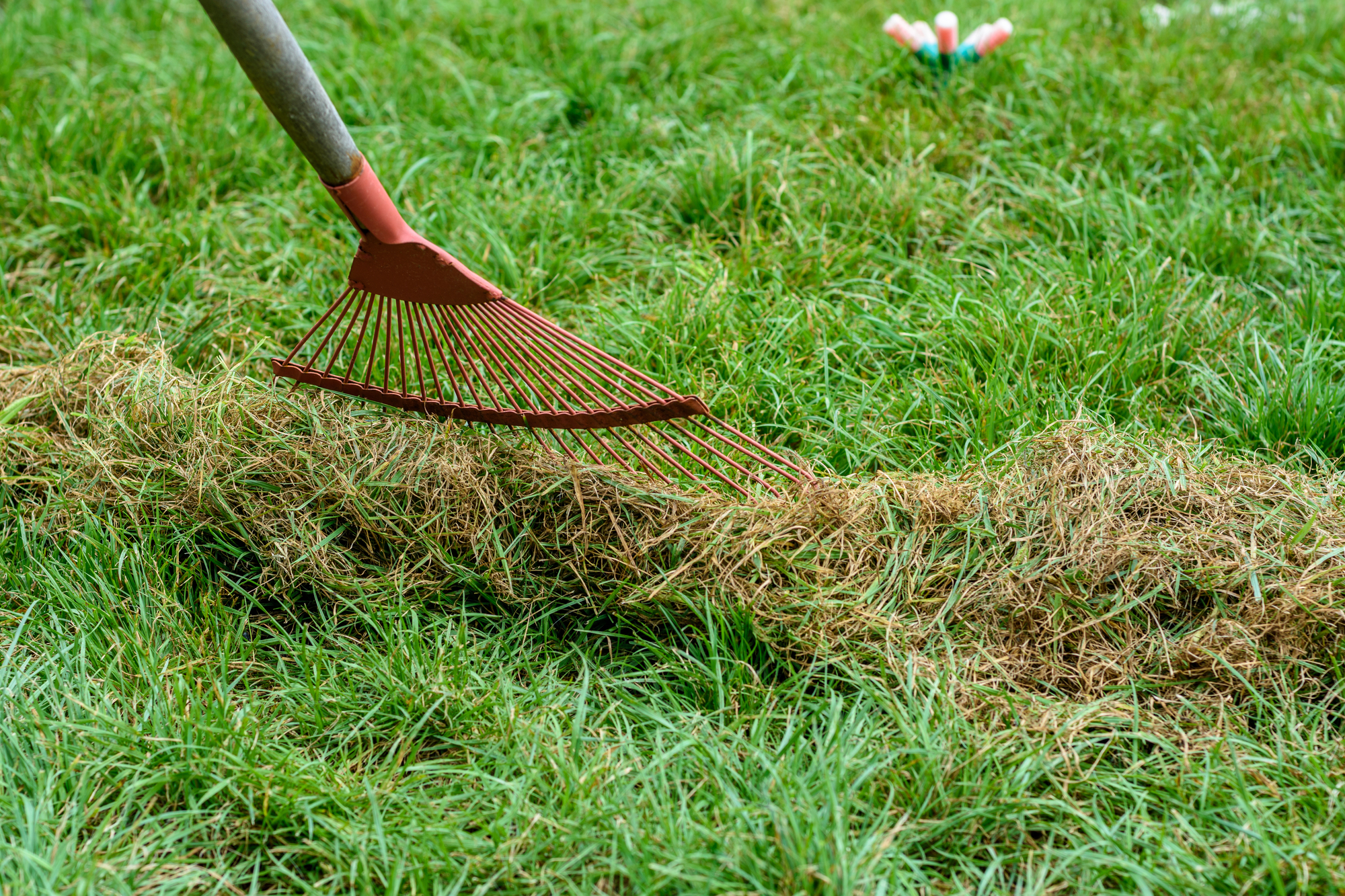
Lawns benefit from raking both in the spring and fall to remove dead grass, thatch, moss and leaves, depending on the season.
'Rake out lawns in the spring to remove dead grass and prevent snow mold fungus from killing patches of your lawn,' says Charlie Nardozzi. 'Reducing your fall fertilization can lessen this problem.'
Over the summer, some lawns may develop a layer of "thatch", which may include grass clippings that haven't decomposed.
'To dethatch a lawn, drag the thatch away from the surface, and scratch the soil surface so that it loosens,' says Kate Copsey. 'Most people rent a dethatching machine, which does this hard work for you, but the machine itself is heavy.
'The tines on a dethatcher pick up tufts of thatch and deposit them on the surface of the lawn for you to rake up. Aerating is often recommended after dethatching is completed.'
During fall a light layer of dropped leaves can be mowed and will mulch down and feed the grass. However, thick layers of damp leaves can prevent air and water getting to the grass. So if this is the case rake them up and use them for compost.
Moss often grows on lawns in damp or shady areas and this can also be easily raked up in the fall.
8. Manage weeds
A healthy lawn with nourished soil and dense turf is the best way to prevent weeds. However, if you do need to remove weeds, pulling them out by hand, or with gardening tools, is favored by many professional gardeners.
'I find a hori hori knife gets weeds out quickly and effectively since the roots are fully removed,' says Kat Aul Cervoni, landscape designer and founder of Staghorn NYC and The Cultivation by Kat.
Some "weeds" such as clover are recommended on lawns as they strengthen the grass roots. Clover ( as well as dandelions and buttercups) also provides food for bees, butterflies and other pollinators, so a relaxed approach to non-invasive weeds can benefit wildlife.
For more widespread weeds, or those you want rid of such as crabgrass, consider an organic pre-emergent herbicide, for example cornmeal gluten. Although, check when it's best to apply it in your particular area, as timing is crucial. In northern states May is a good time, while it can be as early as February or March in southern areas.
'In New York and New Jersey, around the time that forsythia blooms end, is a good time to apply a pre-emergent to the lawn to prevent crabgrass and other annual weeds,' says Kate Copsey.
'Although, don’t apply pre-emergent if you plan on reseeding a lawn because the treatment stops germination of any seed, including grass seed, for as long as three months.'
9. Check for lawn fungus
Those who live in parts of the county prone to humid summers may see lawn fungus in the warmer months, while those in colder parts may see snow mould in the spring.
'Some lawn fungus can be weather related, and others can be brought on by poor cultural practices such as faulty watering habits and fertilization issues,' says Kate Copsey. 'Weather-related fungal problems often resolve themselves when the humidity decreases.'
Compacted soil and poor soil health is often the cause of lawn fungus. Improving aeration, drainage and fertilization is the best way to prevent and treat fungus, such as red thread, slime moulds or snow moulds. Do a soil test if you're unsure.
10. Dealing with pests
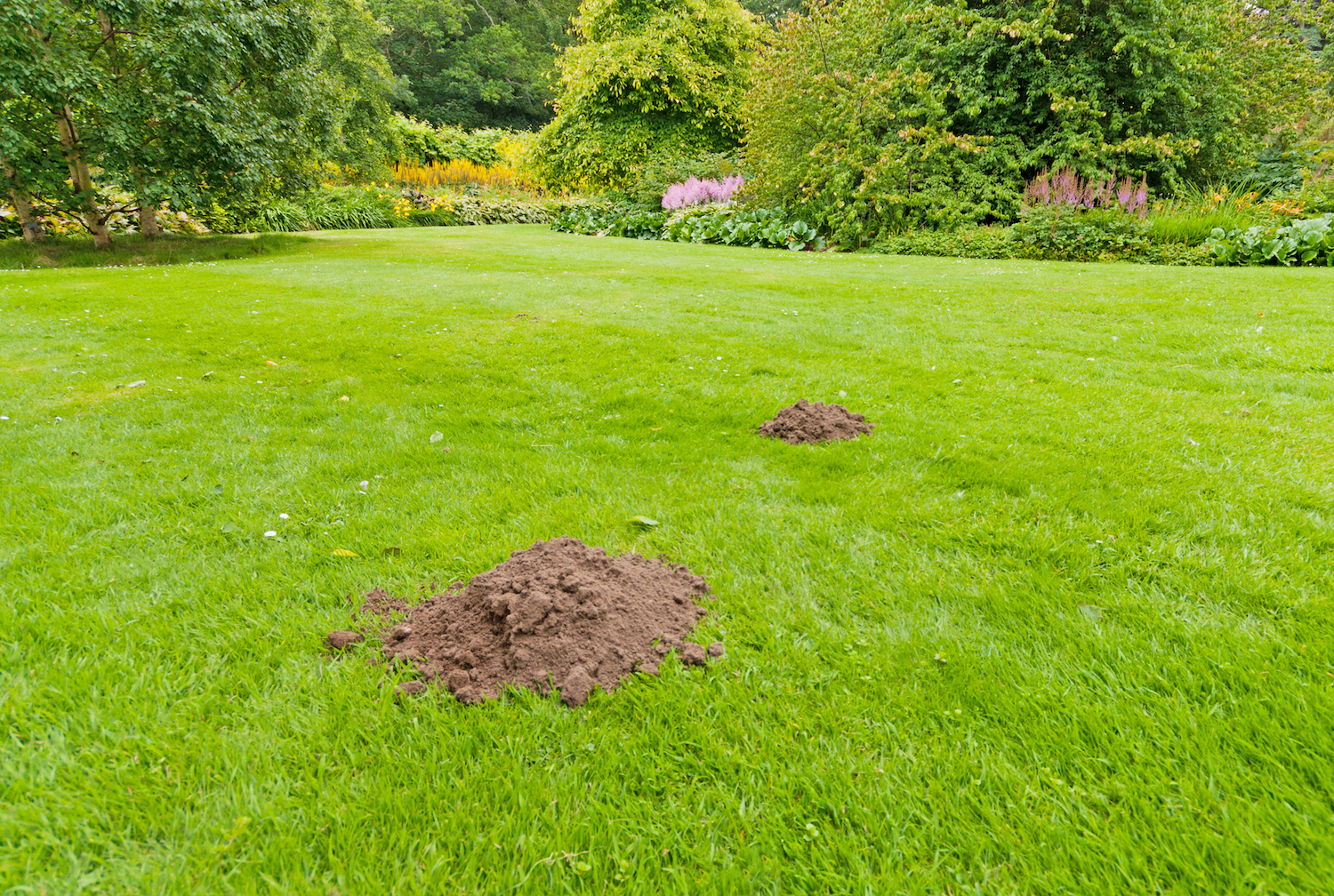
Lawns don't exist in isolation, they are part of a living eco-system, that will attract creatures and critters. Learning to discern beneficial bugs will benefit your garden in general.
'Controlling pests should begin with the least toxic method,' says Kate Copsey. 'Encouraging birds to feed in the garden helps control small insects. Getting to know the insects is important because some of them are the good guys that eat other insects.'
If larger visitors, like moles and voles, are an issue for your lawn, it is possible to deter them humanely.
'Moles are often found tunneling in lawns,' says Charlie Nardozzi. 'Moles are carnivores, so they aren’t interested in your bulbs and plant roots. They mostly eat earthworms and other soil critters.
'However, their tunneling causes uneven spots in the lawn. Mole tunnels tend to have a pile of soil at the entrance or exit. Voles are small rodents that do feed on plant roots. They often use mole tunnels to cause damage.
'To repel moles and voles, spray castor oil. These creatures hate the smell and will get very active for a few days, then leave. Use castor oil recommended for animal control, not the type you get in grocery stores.'
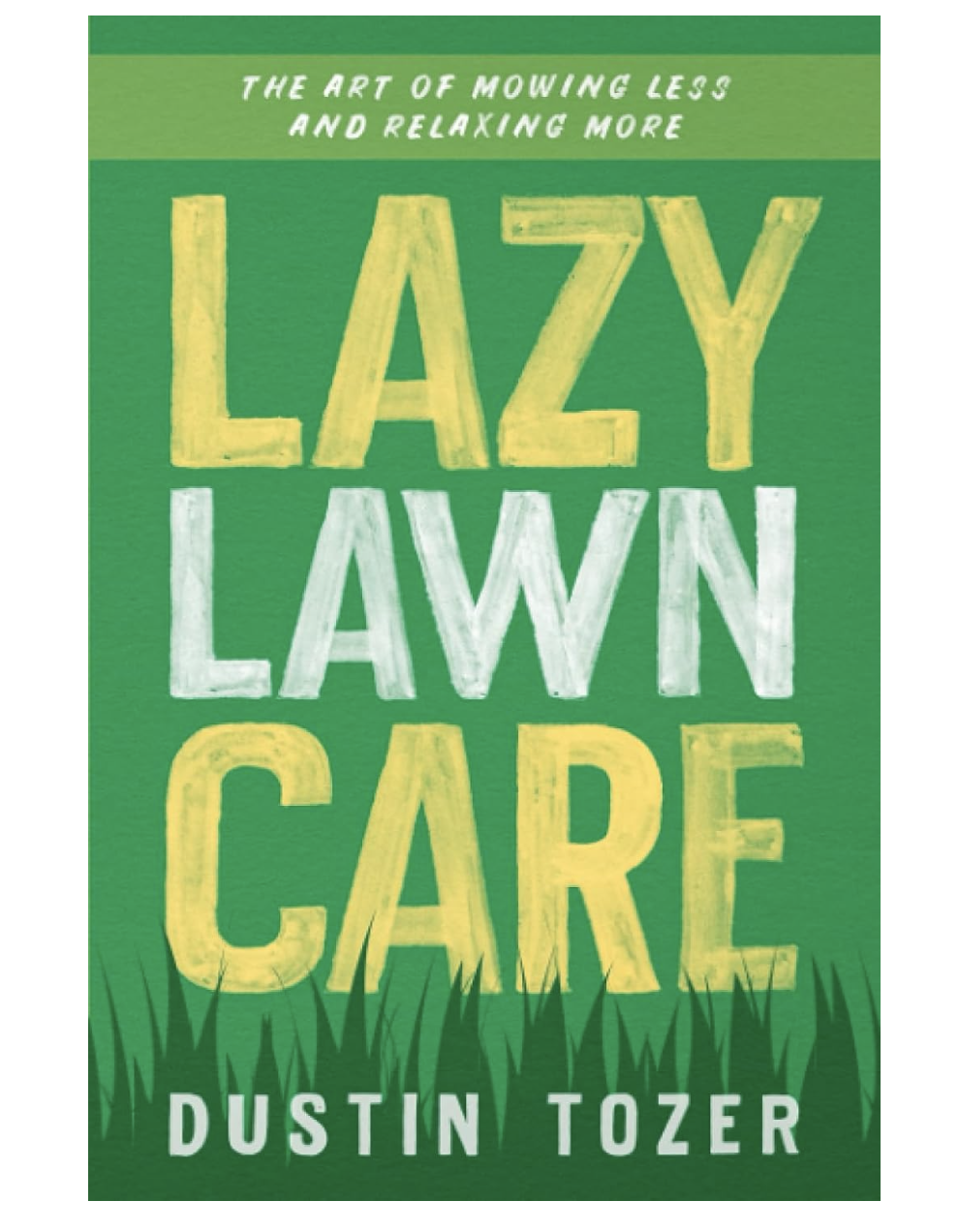
Price: $9.99
Dustin's book was published last summer and offers exactly what the title promises. Everything you need to know...and nothing extra that gets in the way, just the base level you need for a wonderul lawn. It's ideal for beginners, busy people, or anyone who just wants to relax this summer.
Be The First To Know
The Livingetc newsletters are your inside source for what’s shaping interiors now - and what’s next. Discover trend forecasts, smart style ideas, and curated shopping inspiration that brings design to life. Subscribe today and stay ahead of the curve.
Jacky Parker is a London-based freelance journalist and content creator, specialising in interiors, travel and food. From buying guides and real home case studies to shopping and news pages, she produces a wide range of features for national magazines and SEO content for websites
A long-time contributor to Livingetc, as a member of the team, she regularly reports on the latest trends, speaking to experts and discovering the latest tips. Jacky has also written for other publications such as Homes and Gardens, Ideal Home, Red, Grand Designs, Sunday Times Style and AD, Country Homes and Interiors and ELLE Decoration.
-
 What Is Compression and Release? The Secret to Frank Lloyd Wright's Architectural Technique That Can Make Homes Feel More Expansive
What Is Compression and Release? The Secret to Frank Lloyd Wright's Architectural Technique That Can Make Homes Feel More ExpansivePopularized by Frank Lloyd Wright, this design philosophy may change how you look at your home forever
By Maya Glantz
-
 Where Should The White Lotus Season Four Be Filmed? We've Done the Research and Have Narrowed Down the Options
Where Should The White Lotus Season Four Be Filmed? We've Done the Research and Have Narrowed Down the OptionsNow that the third season has wrapped, the anticipation of what's in store for the next season begins... and more importantly, its location
By Olivia Wolfe